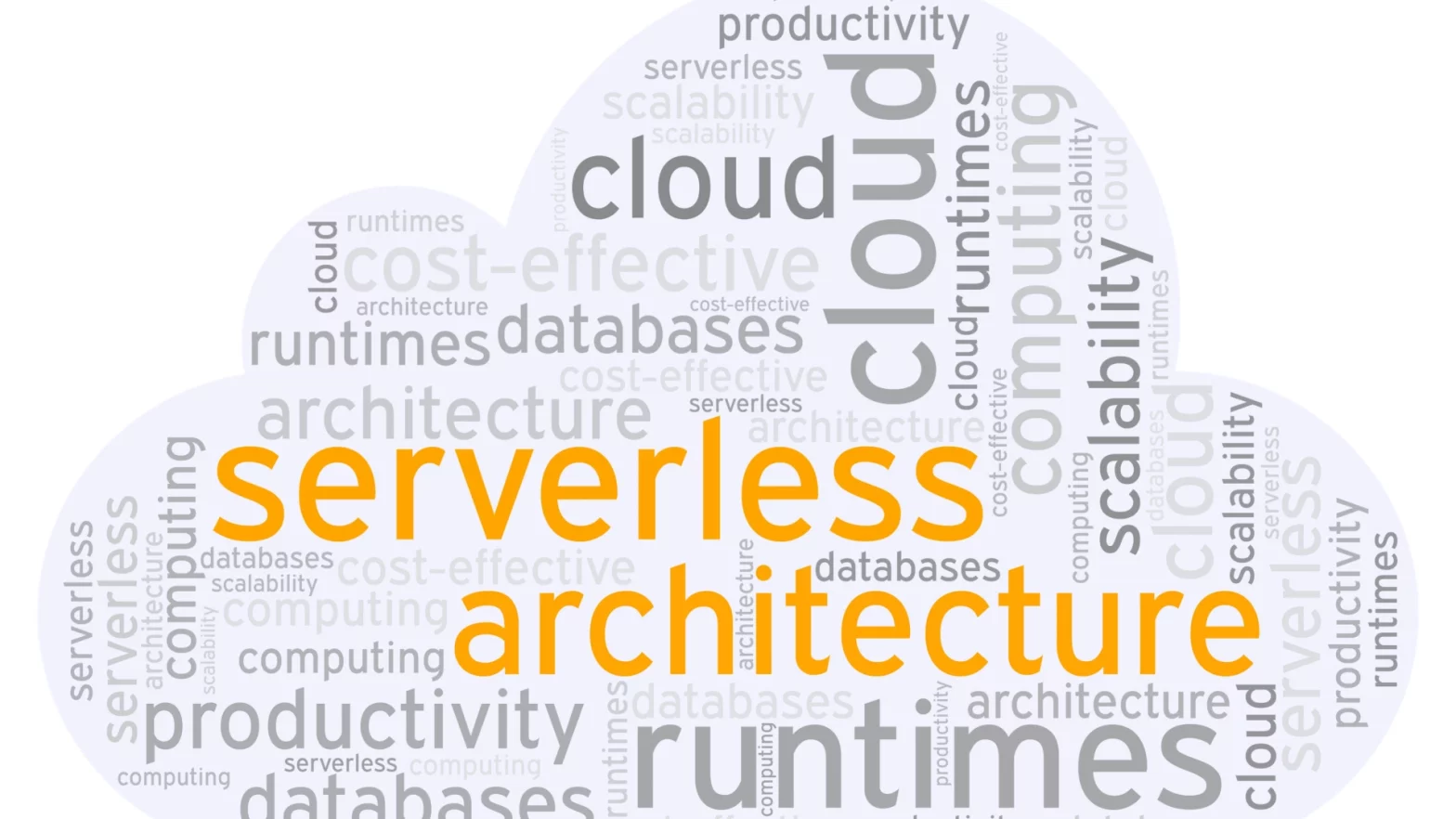This article navigates the relatively uncharted territory of serverless architecture, an exciting facet of cloud services that holds the promise of reshaping the way businesses operate. Explored here are the fundamental concepts of serverless architecture, its interplay with AWS Lambda, the transformation it brings to DevOps, and how it influences hosting strategies. Moreover, it shines a light on its inherent challenges, as well as the future prospects of this transformative technology.
Serverless Architecture: Redefining the Paradigm
Serverless architecture, an emerging trend in cloud computing, is changing the paradigm by eliminating the need for businesses to manage servers. Instead, server management tasks like capacity planning and patching are abstracted away by cloud service providers.
This new model doesn’t imply the non-existence of servers. Rather, it means that developers can focus on writing code without concerning themselves with underlying infrastructure. The providers dynamically manage the allocation of machine resources.
The serverless model allows for efficient scalability. Whether an application receives a few requests per day or thousands per second, serverless architecture can automatically scale the resources, enabling businesses to handle increased loads without worrying about infrastructure limitations.
AWS Lambda: Powering Serverless Computing
A significant component of serverless architecture is AWS Lambda, a serverless computing platform provided by Amazon. Lambda runs your code only when needed and scales automatically, from a few requests per day to thousands per second.
AWS Lambda supports multiple programming languages, giving developers the flexibility to code in their preferred language. It can be triggered by other AWS services or directly from any web or mobile application.
The cost-effectiveness of AWS Lambda lies in its pricing model. Instead of pre-purchasing capacity, users pay for the actual compute time consumed. If the code isn’t running, there’s no charge, allowing businesses to optimize costs effectively.
Transforming DevOps and Hosting Strategies
Serverless architecture significantly impacts DevOps and hosting strategies. By removing the need to manage servers, businesses can deliver products faster and reduce operational costs.
In the serverless model, developers can focus on creating and deploying code, thereby accelerating the development process. Moreover, it allows for easier code testing and reduced time-to-market.
The impact extends to hosting strategies too. With serverless, businesses can host websites, applications, and services without the need for maintaining server infrastructures. This enables the reduction of overhead costs and administrative tasks related to server upkeep.
Navigating the Challenges and Looking Forward
Despite its benefits, serverless architecture does pose certain challenges. These include cold start times, testing difficulties, and vendor lock-in issues. It’s essential for businesses to evaluate these factors when considering a serverless approach.
However, as this technology matures, solutions to these challenges are emerging. The future of serverless architecture holds potential enhancements in flexibility, improved cold start times, and more open source and hybrid options to mitigate vendor lock-in.
As businesses embrace serverless architectures, they’re not just adopting a new technology—they’re future-proofing their operations. This transformative technology offers the potential to significantly enhance agility, scalability, and cost-effectiveness.
In conclusion, serverless architecture is an exciting facet of cloud services that’s still unfolding. As it evolves, it offers unprecedented opportunities for businesses to streamline their operations, enhance scalability, and focus more on core business functions. By understanding its potential and implications, businesses can stay ahead of the curve and navigate the digital future confidently.
